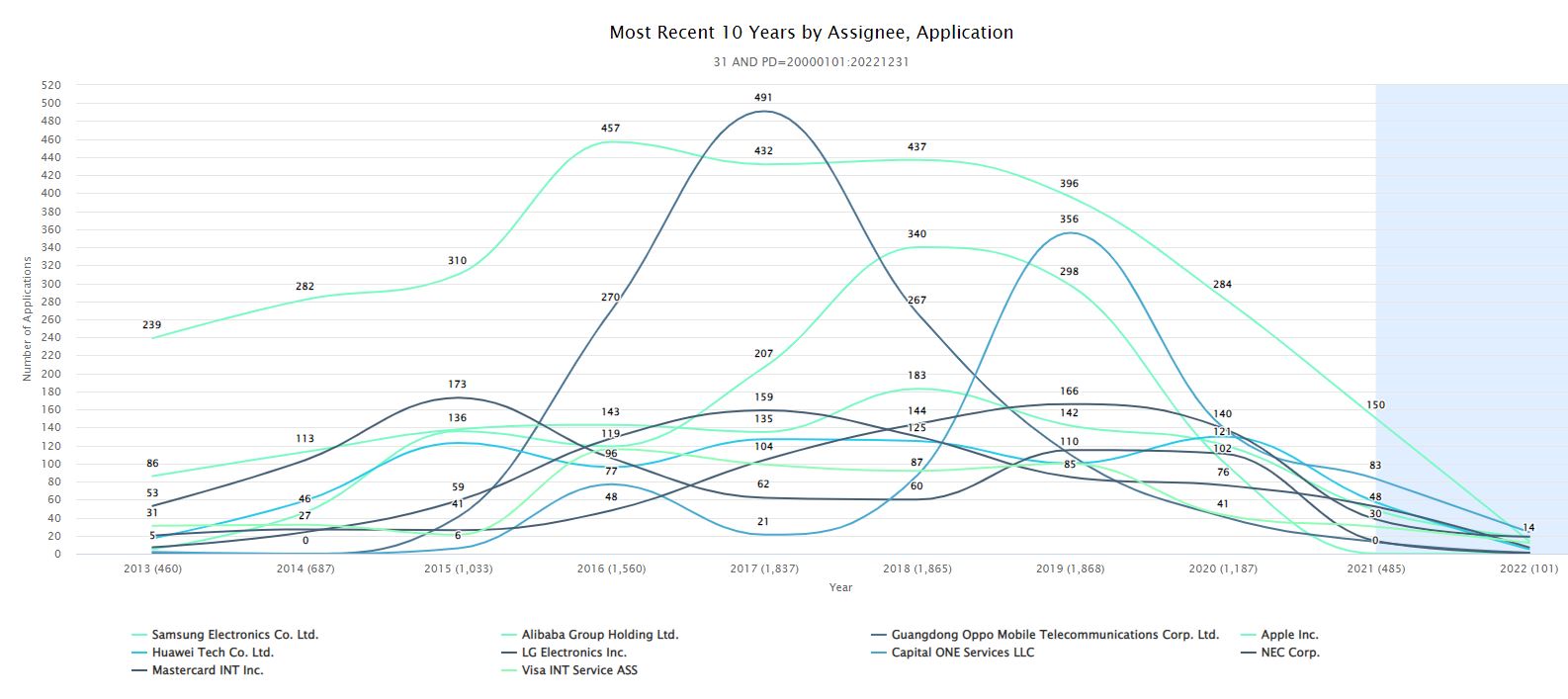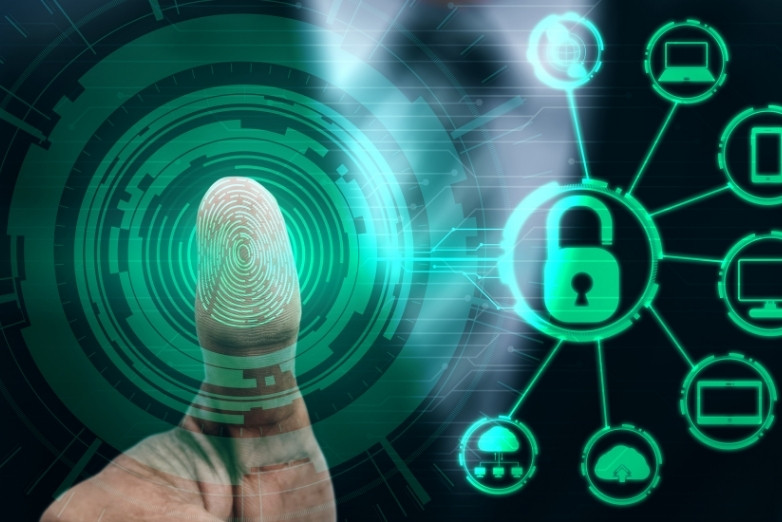Biometric technology: A passwordless future?
Biometric technology has come a long way in recent years. We are using facial and fingerprint recognition more and more in our everyday lives and although technically they can be duped, they are still more secure than traditional security measure like passwords. Biometrics allow accounts to be intrinsically linked to an individual, rather than co-opted by hackers who can guess passwords, making them a promising technology for a world that is increasingly online. With this in mind, could passwords be a thing of the past? And what are the benefits and drawbacks of biometric technology?
What is biometric technology and authentication?
Biometrics are body measurements and calculations related to human characteristics. It is commonly used in computer science as a form of identification and to access control. Biometric technology is a way of proving who you are with your body instead of a combination of letters, numbers, and symbols, providing a more secure authentication system to access files or accounts.
The biometric technology patent landscape has exploded in recent years with almost 50,000 patent applications filed in the last 10 years. Innovation in this area seems to be focussed on mobile phone and banking authentication and access, with Apple, Samsung, Visa and Mastercard being key players. Although biometric authentication is becoming more and more popular, there is still plenty of room to innovate in order to bring biometric technology to the point of widespread adoption.

Number of patent applications related to biometric technology by assignee from the past 10 years – Source: PatBase Analytics V3.
Benefits
Common biometric authentication technologies include fingerprint scanners, facial and voice recognition, iris (eye) scanners and hand geometry. The main and obvious benefit of all of these is they are exclusive to an individual and almost impossible to mimic, providing a secure and uncrackable access control solution that doesn’t expose information to cybercriminals.
Other benefits include:
- Higher accuracy: Fingerprint scanners provide almost 100% accuracy during authentication.
- Faster access: Typing in a secure password can take a long time and even longer if you forget it! Compared to this a fingerprint scanner or facial recognition can unlock your device or workstation almost immediately.
- Greater convenience: Say goodbye to complex passwords! Security experts advise us to never use the same password twice, meaning we have a lot to remember. Biometric authentication increases security without the need to remember numerous credentials.
Drawbacks
Although there are significant benefits to biometric technology there are also some important drawbacks that need to be taken into consideration. In order to implement more advanced security systems, significant investments and costs are required, as well as a need to upgrade current systems to support the shift. A 2018 survey by Spiceworks found that 67% of IT professionals cite cost as “the biggest reason for not adopting biometric authentication”.
Like all personal data, biometric data, as well businesses and organisations that store this, are under constant threat from hackers. Biometric data is irreplaceable, for this reason organisations need to protect this data with increased security that is expensive and technically difficult to stay ahead of fraud advancements.
Privacy of users is a key issue and needs to be taken into consideration. When biometrics are converted into data and stored, a user runs the risk of leaving a permanent digital record that can be potentially tracked. This is a particular concern in places or countries with large surveillance measures and where facial recognition software has been used to track and identify people with scary accuracy that significantly inhibits privacy.
Like all technology areas, biometric technology has its fair share of benefits and drawbacks. Although innovation in this space has exploded in recent years and the available technology has progressed in leaps and bounds, there are still areas that need to be developed before biometric technology can be widely adopted. But given the security benefits associated with biometric authentication, we may see the last of our trusty passwords disappear in the not-too-distant future.
Minesoft’s PatBase Analytics V3 is the ideal patent analysis platform for innovators, allowing to identify key players in a technology space, pinpoint key areas of innovation and easily share important data in a visual way. For more information on how PatBase Analytics V3 can support your team visit our website.

